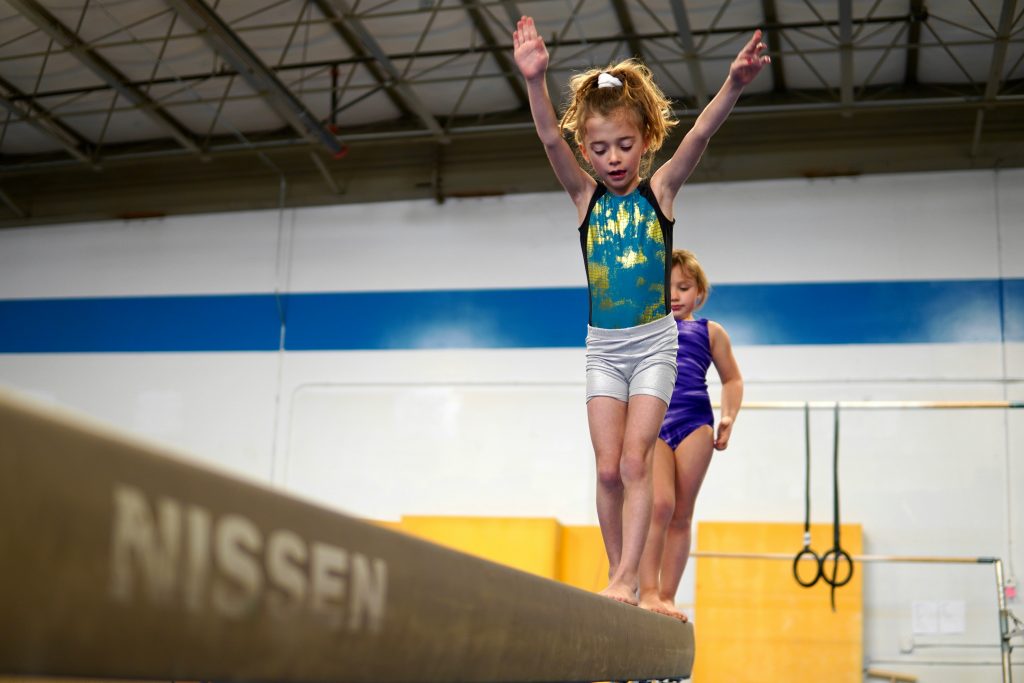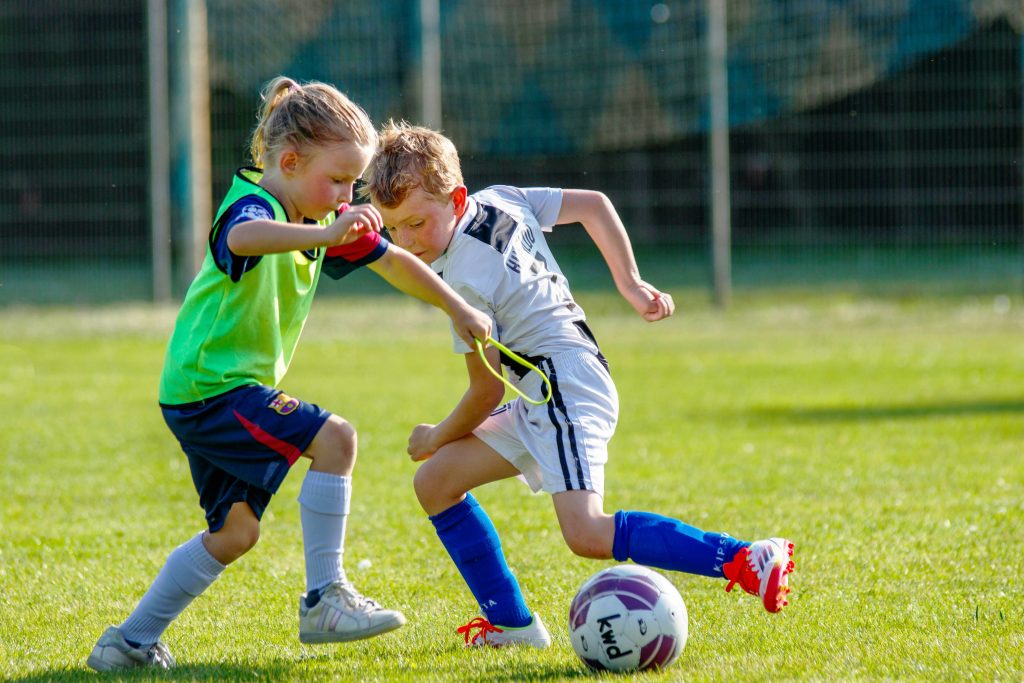In this fast-paced world that is pushing academic excellence at every turn, traditional school activities like recess and physical education (P.E.) have often taken a back seat to classroom learning. With school hours limited, the choice to increase academics and skimp on activity time seems like a logical solution to get ahead, but science suggests otherwise.
Benefits of Physical Activity in Youth
When reviewing the benefits of movement and free play, coupled with children’s shorter attention span (and need to wiggle), recess becomes a necessity to break up the school day. It is not time wasted, rather time invested in the physical, social, emotional and academic development of children. They return from play more focused and able to approach academic endeavors with greater concentration.
Research from the University of Nevada, Reno shows that even 20 minutes of walking around can increase oxygen flow to the brain, making children learn more effectively, An article in Premier Education, a provider of physical education in the UK, reports that activity also increases energy, clarity and attention span, making children better prepared to engage in classroom activities. A study by Vasilopoulos and Ellefson shows that physical activity positively predicted academic achievement through emotional regulation among 7-year-olds and through behavioral regulation among 11-year-olds.
In fact, studies show that physical activity can improve:
• Emotional regulation
• Behavioral regulation
• Attention
• Memory
• Learning
• Stress
• Anxiety
• Focus and concentration
• Fatigue
• Overall psychological well-being

In addition, free play (such as that performed during recess) has additional benefits:
• Improved coordination
• Confidence and sense of self
• Cognitive flexibility
• Creativity and imagination
What’s the Current State of Recess in Florida Schools?
Florida’s mandates for recess and physical education are better than most. Florida Statute 1003.455 requires the following:
Recess:
• Grades K-5: At least 100 minutes of unstructured free-play time per week with at least 20 consecutive minutes per day.
P.E.:
• Grades K-5: At least 150 minutes per week, at least 30 minutes of consecutive activity per day. Also applies to sixth grade if part of an elementary school.
• Grades 6-8: One semester of P.E. daily for each academic year.
• Grades 9-12: One P.E. credit along with a Health class.
In terms of recess, Florida is near the front of the pack. Only about 20 states have any recess policy, with only 6 of them having a mandated number of daily minutes, including Florida. While Florida’s 20 minutes is common among the states with mandated minutes, they are not quite as robust as California (30 minutes/day) and Arkansas (40 minutes/day).
Many states let individual school districts dictate the amount of P.E. in their schools or have less specific requirements than Florida. A 2006 study of states with mandated minutes versus states that did not have specific guidelines found that the mandated schools had approximately 105 minutes of elementary school P.E. per week versus approximately 64 minutes per week in non-mandated states. Florida’s 150 minute per week requirement is more robust than these averages.
Although Florida places importance on recess and physical education, the statute does not apply to charter or private schools, giving those schools the autonomy to create their own scheduling.

Ways to Incorporate More Movement
Although statutes mandate that schools provide recess and P.E. for elementary school children, some students may use that time involved in less active endeavors. If your child needs additional opportunities for activity, there are many options you can employ, both inside and outside of the home.
Inside the home:
PROS: Easily accessible, low to no cost
CONS: Parent must commit to enforcing
SOME OPTIONS TO CONSIDER
• Playing in the yard
• Create obstacle courses
• Have races among siblings or parent / child races
• Enlist help with chores: vacuum, gardening, scrubbing floors
• Minute to Win It: Set a timer for 1 minute and complete as many squats /
jumping jacks / laps / push-ups etc. and aim to consistently improve score
• Shoot hoops
• Swim in the pool
• Go for a walk
• Have a dance party
Outside the home:
PROS: Other adults are in charge (not dependent on whether you feel like doing it that day), some have a regular schedule, may give you some free time
CONS: May incur a cost, requires transportation and parent scheduling
SOME OPTIONS TO CONSIDER
• Join a sports league
• Take a gymnastics class
• Enroll in a kids program at the gym
• Visit a rock climbing facility
• Go to a trampoline park
• Play at a local park or playground
• Have a playdate with friends
In whatever way it happens, physical activity in and out of school is vital for children’s development. If you aren’t currently active yourself, set a good example and get involved in active movement with your child. It can be as simple as taking a walk together. Get moving and remember to have some fun too!

